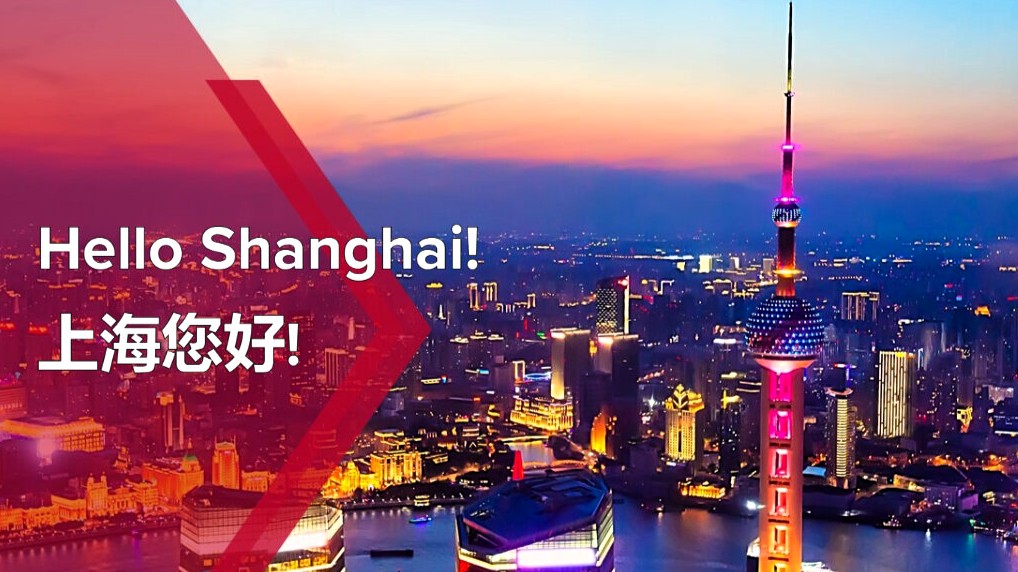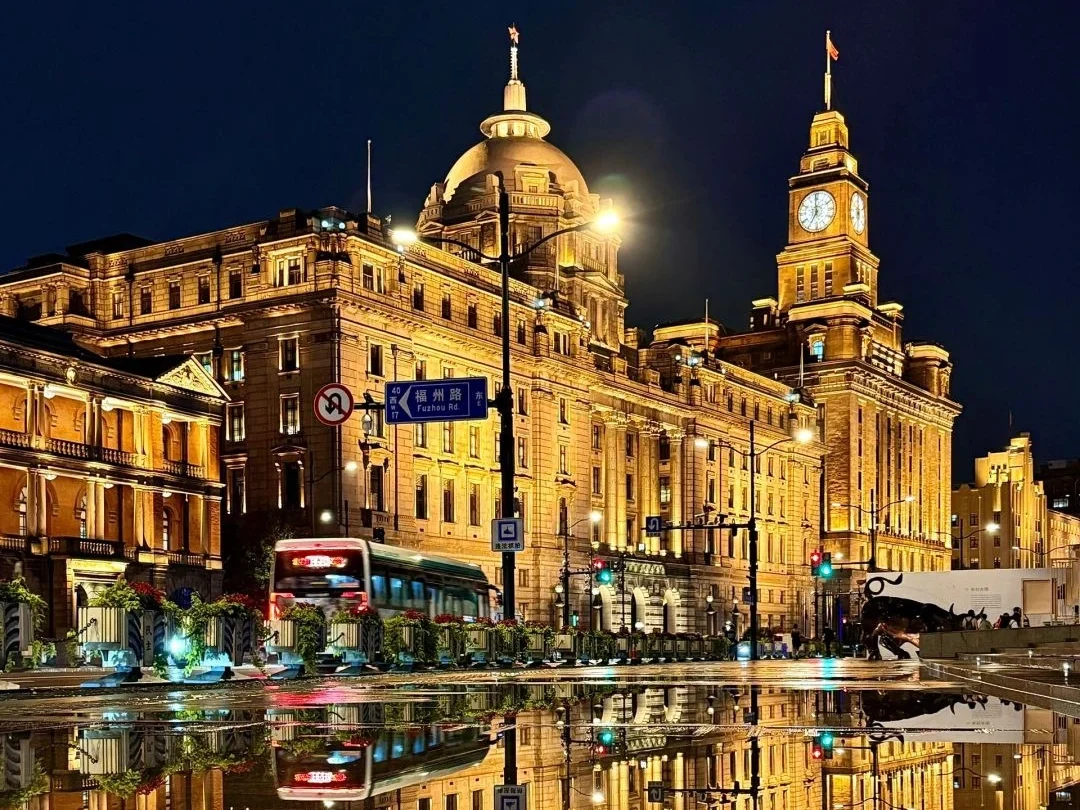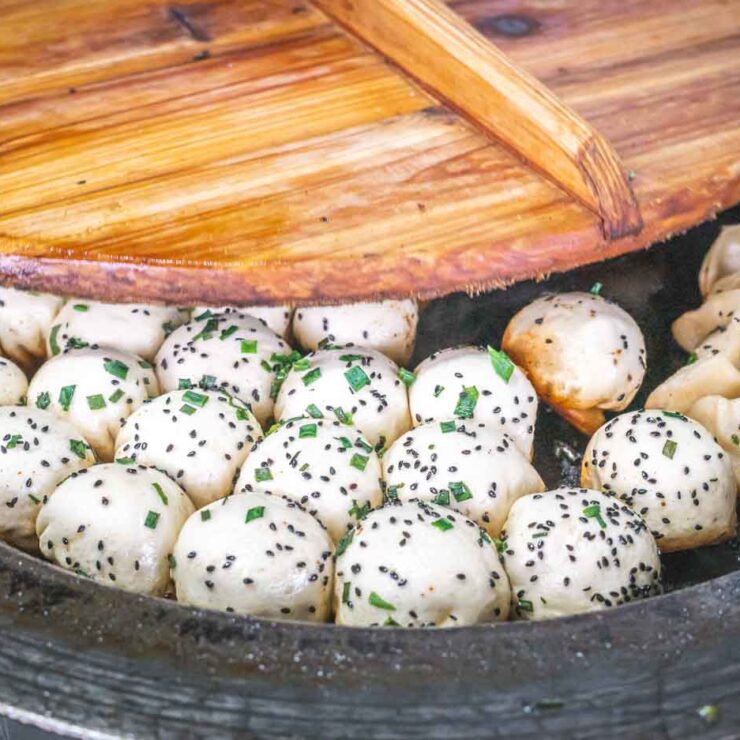Shanghai, a bustling metropolis where East meets West, is a city of contrasts. Known for its iconic skyline, vibrant nightlife, and rich history, it often captivates visitors with popular attractions like the Bund, Nanjing Road, and Yu Garden. However, beyond these well-trodden paths lies a treasure trove of hidden gems waiting to be explored. If you’re looking to uncover the authentic soul of Shanghai and escape the tourist crowds, this guide will take you on a journey through the city’s lesser-known wonders. From tranquil neighborhoods to cultural havens and unique dining experiences, let’s dive into the best hidden gems in Shanghai.
Why Explore Shanghai’s Hidden Gems?
Shanghai is a city of over 24 million people, blending modernity with tradition. While the major landmarks are undeniably impressive, they often come with long lines, crowded spaces, and a commercialized feel. Exploring hidden gems allows you to experience the city like a local, uncovering stories, traditions, and vibes that aren’t found in guidebooks. Whether you’re a first-time visitor or a seasoned traveler, these off-the-beaten-path destinations will give you a deeper appreciation for Shanghai’s multifaceted charm.
1. Tianzifang: A Maze of Art and Culture
Nestled in the heart of the French Concession, Tianzifang is a labyrinth of narrow alleys filled with boutique shops, art galleries, and cozy cafes. Unlike the more commercialized Xintiandi, Tianzifang retains a bohemian vibe with its preserved Shikumen architecture—a unique blend of Chinese and Western design. This artsy enclave is perfect for those who love creativity and craftsmanship.
- What to Do: Wander through the alleys to discover local artists’ studios, handmade jewelry, and quirky souvenirs. Stop by one of the small cafes for a cup of artisanal coffee or tea.
- Hidden Tip: Visit in the late afternoon or early evening when the area lights up with fairy lights, creating a magical atmosphere.
- How to Get There: Take the Shanghai Metro Line 9 to Dapuqiao Station, then walk about 10 minutes to Taikang Road, where Tianzifang is located.
2. M50 Art District: Shanghai’s Creative Hub
For art enthusiasts, the M50 Art District is a must-visit. Located in an industrial area along Suzhou Creek, this former textile factory zone has been transformed into a contemporary art hub featuring over 100 galleries, studios, and creative spaces. Unlike the tourist-heavy museums, M50 offers an intimate look at Shanghai’s modern art scene.
- What to Do: Explore galleries showcasing works by emerging Chinese artists. Many exhibitions are free, and you might even get the chance to chat with the artists themselves.
- Hidden Tip: Look for small pop-up events or workshops often held here—they’re a great way to engage with the local creative community.
- How to Get There: Take Metro Line 1 or 3 to Zhongshan North Road Station, then walk about 15 minutes to 50 Moganshan Road.
3. Qibao Ancient Town: A Step Back in Time
While many tourists flock to Zhujiajiao Water Town, Qibao Ancient Town offers a quieter, more authentic experience much closer to central Shanghai. Dating back over a thousand years, this charming town is crisscrossed by canals and lined with traditional wooden houses. It’s a perfect spot for a day trip without venturing too far from the city.
- What to Do: Stroll along the ancient streets, sample local street food like tangyuan (sweet glutinous rice balls), and visit the Qibao Shadow Play Museum to learn about this traditional art form.
- Hidden Tip: Avoid weekends if possible, as it can get crowded with local day-trippers. Weekday mornings are the best time for a peaceful visit.
- How to Get There: Take Metro Line 9 to Qibao Station. The town is just a short walk from the station.
4. Fuxing Park: A Peaceful Oasis in the French Concession
Fuxing Park is a serene escape from Shanghai’s urban hustle, located in the heart of the French Concession. Unlike the more famous People’s Square, this park offers a glimpse into local life, with residents practicing tai chi, playing mahjong, or simply relaxing under the shade of ancient trees. The park’s French colonial influence is evident in its layout and architecture, making it a unique blend of cultures.
- What to Do: Join the locals for a morning tai chi session or simply enjoy a leisurely walk. The park is also a great spot for people-watching.
- Hidden Tip: Bring a book and find a quiet bench near the rose garden—it’s the perfect place to unwind.
- How to Get There: Take Metro Line 1 or 10 to South Shaanxi Road Station, then walk about 10 minutes to the park.
5. Dongtai Road Antique Market: A Treasure Hunter’s Paradise
For those who love unique souvenirs or vintage finds, Dongtai Road Antique Market is a hidden gem worth exploring. This small street market in the Old City is filled with stalls selling everything from Mao-era memorabilia to traditional Chinese ceramics and vintage furniture. It’s a stark contrast to the polished shopping malls of Nanjing Road.
- What to Do: Browse the stalls for one-of-a-kind items. Bargaining is expected, so don’t be shy to negotiate for a better price.
- Hidden Tip: Be cautious of fakes—while many items are authentic, some are reproductions. If you’re unsure, ask a local friend or guide for advice.
- How to Get There: Take Metro Line 8 to Laoximen Station, then walk about 10 minutes to Dongtai Road.
6. 1933 Old Millfun: A Glimpse into Industrial History
A lesser-known architectural marvel, 1933 Old Millfun is a former slaughterhouse turned creative space in the Hongkou District. Built in 1933, this Art Deco building features a maze of concrete ramps, bridges, and pillars that once guided livestock but now serve as a backdrop for photo shoots, exhibitions, and trendy cafes.
- What to Do: Explore the building’s unique design and snap some Instagram-worthy photos. Check the event calendar for art shows or markets often held here.
- Hidden Tip: Visit the rooftop terrace for a quiet view of the surrounding area—it’s a hidden spot even many locals don’t know about.
- How to Get There: Take Metro Line 4 or 10 to Hailun Road Station, then walk about 10 minutes to 10 Shajing Road.
7. Longhua Temple: Shanghai’s Spiritual Retreat
While Yu Garden often steals the spotlight, Longhua Temple is Shanghai’s oldest and largest Buddhist temple, offering a peaceful retreat from the city’s chaos. Dating back to the Three Kingdoms period (242 AD), the temple is home to a stunning seven-story pagoda and intricate carvings that reflect centuries of history.
- What to Do: Attend a prayer session to experience the temple’s spiritual atmosphere. Don’t miss the vegetarian restaurant on-site, which serves delicious, affordable meals.
- Hidden Tip: Visit during the annual Longhua Temple Fair in spring for traditional performances and local delicacies.
- How to Get There: Take Metro Line 11 or 12 to Longhua Station, then walk about 5 minutes to the temple.
8. Hidden Dining Spots: Taste Authentic Shanghai
Shanghai’s food scene goes far beyond xiaolongbao (soup dumplings) at touristy spots. For an authentic culinary experience, seek out these hidden dining gems:
- Jian Guo 328: A tiny restaurant in the French Concession serving homestyle Shanghainese dishes like braised pork belly and drunken chicken. It’s popular with locals, so reservations are recommended.
- Fu 1088: Housed in a restored 1930s villa, this upscale spot offers refined Shanghainese cuisine in an intimate setting. Perfect for a special night out.
- Hidden Tip: Ask locals for recommendations on “hole-in-the-wall” eateries—many of the best spots don’t have English menus or online presence.
9. Duolun Road: A Literary and Historical Escape
Located in the Hongkou District, Duolun Road is a quiet street with a rich cultural history. Once home to famous Chinese writers like Lu Xun in the 1920s and 1930s, this area is now a pedestrian-friendly zone lined with bookstores, cafes, and small museums.
- What to Do: Visit the Lu Xun Memorial Hall to learn about the father of modern Chinese literature. Stop by the Old Film Cafe for a nostalgic experience with vintage decor and classic Chinese movies.
- Hidden Tip: Look for small antique shops tucked away on side streets—you might find rare books or memorabilia.
- How to Get There: Take Metro Line 3 or 8 to Dongbaoxing Road Station, then walk about 10 minutes to Duolun Road.
10. Zhujiazhuang Garden: A Secret Classical Retreat
While Yu Garden is often overcrowded, Zhujiazhuang Garden in the Pudong District offers a quieter alternative. This classical Chinese garden features traditional pavilions, koi ponds, and rock formations, embodying the principles of balance and harmony.
- What to Do: Spend a peaceful afternoon strolling through the garden and admiring its meticulous design. It’s a great spot for meditation or photography.
- Hidden Tip: Combine your visit with a trip to the nearby Shanghai Science and Technology Museum for a mix of tradition and modernity.
- How to Get There: Take Metro Line 2 to Shanghai Science and Technology Museum Station, then walk about 15 minutes to the garden.
Practical Tips for Exploring Shanghai’s Hidden Gems
- Language: While many locals in central Shanghai speak some English, learning a few basic Mandarin phrases can go a long way, especially in less touristy areas.
- Transportation: Shanghai’s metro system is efficient and affordable, making it the best way to get around. Download a metro app or grab a transport card for convenience.
- Timing: Visit hidden gems during weekdays or early mornings to avoid crowds, especially at places like Qibao Ancient Town or Tianzifang.
- Cash and Apps: Some smaller shops and eateries may not accept credit cards. Carry some cash, and consider downloading WeChat or Alipay for mobile payments, which are widely used.
Uncover the Real Shanghai
Shanghai is more than just its skyscrapers and tourist hotspots—it’s a city of hidden stories, quiet corners, and authentic experiences waiting to be discovered. By stepping off the beaten path, you’ll not only avoid the crowds but also connect with the heart of this dynamic city. From the artistic alleys of Tianzifang to the spiritual calm of Longhua Temple, these hidden gems offer a glimpse into the diverse tapestry of Shanghai’s culture and history.
So, pack your walking shoes, grab a map (or your smartphone), and set out to explore the Shanghai that locals know and love. Have you visited any of these hidden gems, or do you have others to share? Let us know in the comments below, and happy exploring!




